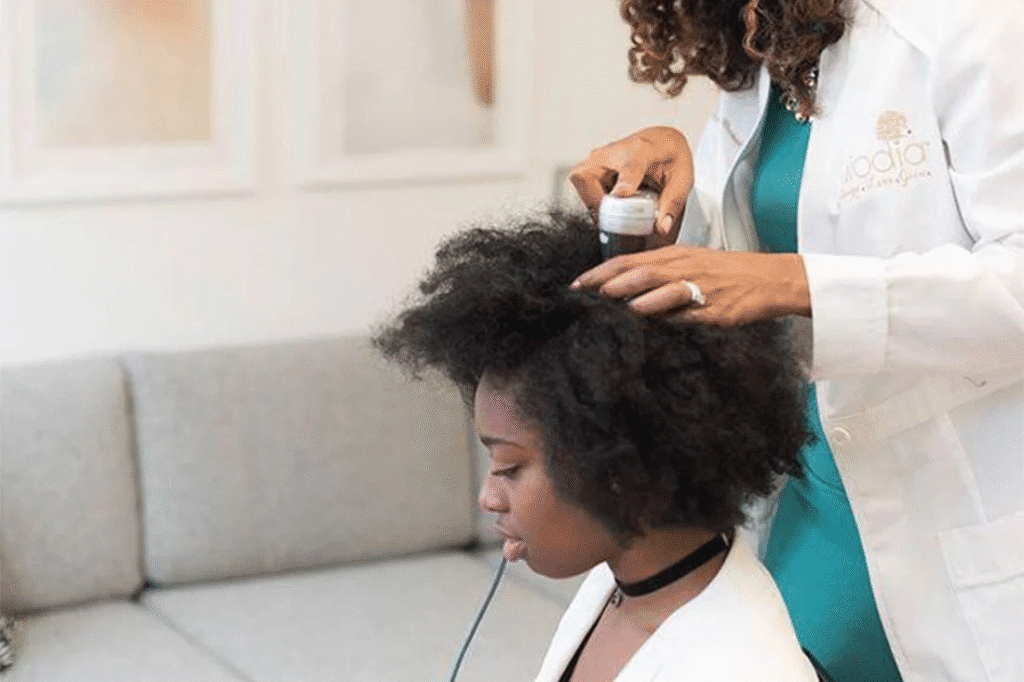Living with lupus often means paying extra attention to your skin—because the disease can flair up in unexpected ways. From light-triggered rashes to hair and scalp changes, these tips will help you feel more confident in managing the everyday effects of lupus on your skin and appearance.
1. Shield Yourself from the Sun

Lupus and sunlight don’t mix. UV rays—both UVA and UVB—can spark that telltale “butterfly” rash across your nose and cheeks, plus other raised bumps or sores. Here’s how to keep your skin safe:
- Daily Sunscreen
- Pick a broad-spectrum formula (SPF 30 or higher) that lists either mexoryl or avobenzone (chemical blockers) or zinc oxide/titanium dioxide (physical blockers).
- Slather it on every morning, rain or shine, even if you’re just stepping out for a quick errand.
- Reapply Religiously
- Every 80 minutes—shorter if you’re sweating or swimming. A mineral powder with tint makes touch-ups under makeup a breeze.
- Timing Is Everything
- Aim for outdoor activities before 10 a.m. or after 4 p.m., when the sun’s rays are less intense.
- Cover Up
- Long sleeves, long pants, a wide-brimmed hat, and UV-filtering sunglasses are your new best friends.
- Medication Watch
- Some lupus treatments and other meds (antibiotics, anti-inflammatories, blood pressure pills) can increase sun sensitivity. If you’re on any of these, be extra diligent with your sun protection.
2. Treating Rashes, Sores, and Discoloration

Lupus spots and rashes can be stubborn, but you have options—both medical and cosmetic—to help them heal and blend away.
- Topical Corticosteroids
- Creams, gels, or foams your doctor prescribes can calm inflamed patches. In some cases, steroid injections are used for deeper bumps.
- Camouflage with Makeup
- A green-tinted primer neutralizes redness. Finish with a full-coverage foundation, and set with a mineral powder.
- Fade Dark Spots
- Hydroquinone creams or other lightening agents can even out blotches. Always check with your dermatologist before starting any bleaching treatment.
- Advanced Options
- When your lupus is in remission, consider laser therapy to target red or brown marks, or dermatologic fillers for indented scars. (Your doctor will let you know if you’re a candidate.)
- Mouth & Nose Sores
- Rinse with a mild hydrogen peroxide solution or a buttermilk-water mix several times a day. Ask your doctor about medicated mouthwashes or pastes, and soothe nasal sores with a dab of petroleum jelly.
- Raynaud’s Care
- Cold or stress can trigger color-changing fingertips. Keep gloves and warm socks on hand, and consider pocket warmers. Skip caffeine and smoking, which worsen circulation.
3. Nurturing Your Hair and Scalp

Hair thinning and breakage are common in lupus, but a gentle routine and smart styling choices can help you feel more put-together.
- For Fragile Strands
- Ditch hot tools, tight hairstyles, and chemical treatments. Wash with a mild “baby” shampoo and follow with a leave-in conditioner that includes sun protection.
- Camouflage Thinning Areas
- A layered, texturized cut can disguise sparse patches. Extensions are an option—just choose lightweight, gentle methods that won’t tug at your hairline.
- More Significant Loss
- Wigs, scarves, or turbans offer style with easy coverage. Unfortunately, hair transplants aren’t recommended for lupus sufferers due to scarring risks.
- Early Intervention
- At the first sign of a new rash on your scalp, see your doctor. Prompt treatment can prevent permanent scarring and further hair loss.
4. Mind Your Self-Esteem

Seeing your appearance shift can be tough. If you find yourself struggling emotionally, you’re not alone:
- Support Groups: Connecting with others who understand can be incredibly reassuring.
- Therapy: A counselor can help you process changes in self-image and boost your confidence.
Bottom Line:
With the right sun protection, targeted treatments, and gentle hair care, you can keep lupus’s skin and scalp surprises under control. And remember—seeking support, whether medical or emotional, is a sign of strength, not weakness. You’ve got this.
Alos Read : Best Serums for Hyperpigmentation: Fade Dark Spots Fast



